The Science Behind Turkish Coffee Foam
12 min read Explore the fascinating scientific principles that create the iconic foam atop Turkish coffee, enhancing its aroma, texture, and cultural significance. July 13, 2025 03:05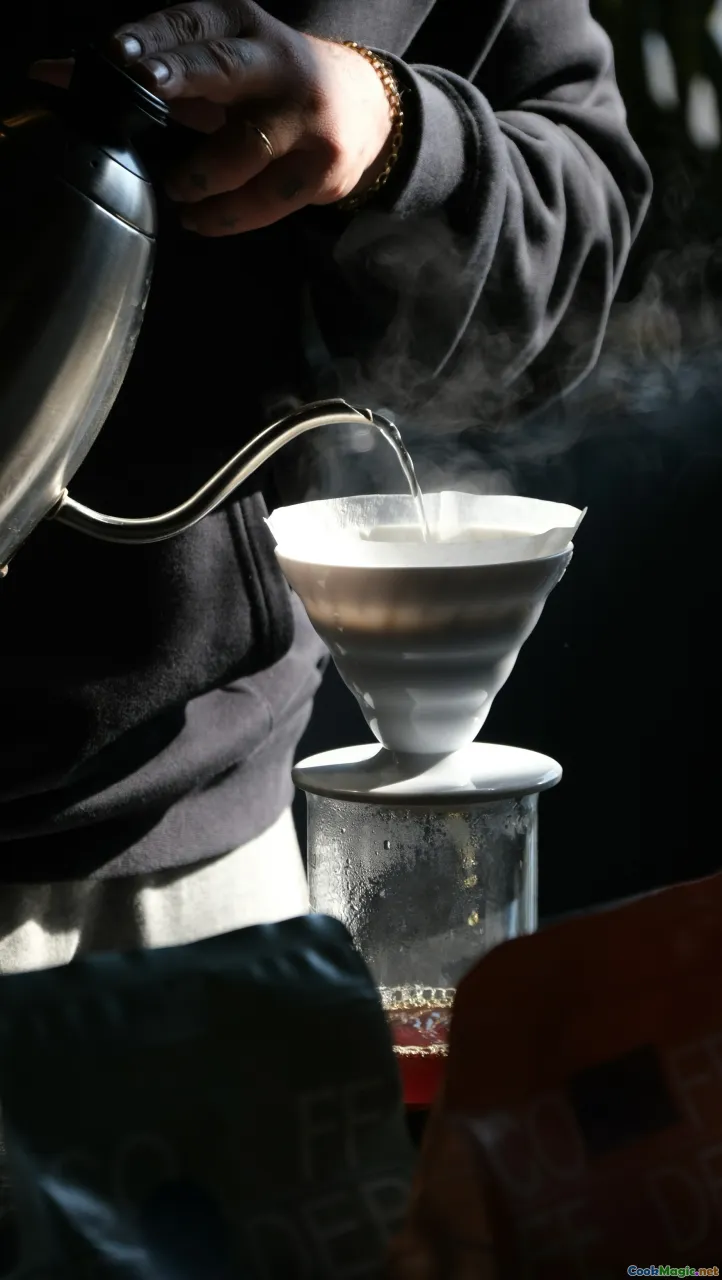
The Science Behind Turkish Coffee Foam: A Rich Heritage of Texture and Taste
Imagine bringing a steaming cup of potent, aromatic Turkish coffee to your lips. The rich, dark liquid heaves lightly with a luscious golden foam, crowned like a velvety hat—a foam that’s more than just decorative; it’s a symbol of tradition, precision, and pride. For decades, this coffee foam has captivated not only the senses but also embodied a cultural ritual deeply rooted in Turkish hospitality and history.
As an enthusiast of culinary science and cultural storytelling, I find myself captivated by the mysterious alchemy behind that perfect Turkish coffee foam. It’s a harmonious blend of chemistry, tradition, and artistry—a small, frothy-bink that offers so much more than meets the eye. Today, let’s explore the captivating world of Turkish coffee foam, unraveling its scientific secrets and cultural significance.
The Cultural and Emotional Significance of Foam in Turkish Coffee

Turkish coffee, with its roots stretching back over five centuries, has long been more than a beverage; it’s an emblem of hospitality, tradition, and storytelling. A well-prepared cup, especially with its delicate foam, often signals respect and warmth. In Turkish traditions, serving coffee with a dense cream-colored foam on top is a mark of craftsmanship, patience, and reverence for history.
During a Turkish coffee ritual, the foam is considered the signature—its presence, quality, and quantity often reflecting the skill of the maker. In many regions, a thick foam signifies good fortune or respect, while a broken or bubbly foam can be seen as a sign of hastiness or lack of care. This cultural nuance elevates the foam above mere decoration—it becomes an integral part of the coffee experience.
Personally, I’ve witnessed countless Turkish hospitality gestures where the foam, meticulously created, acts as a silent greeting—an offering of warmth and careful craftsmanship. It encapsulates the complex dance between tradition, emotion, and culinary artistry that defines Turkish coffee.
The Science of Foam: How Micro-Bubbles Tell a Story
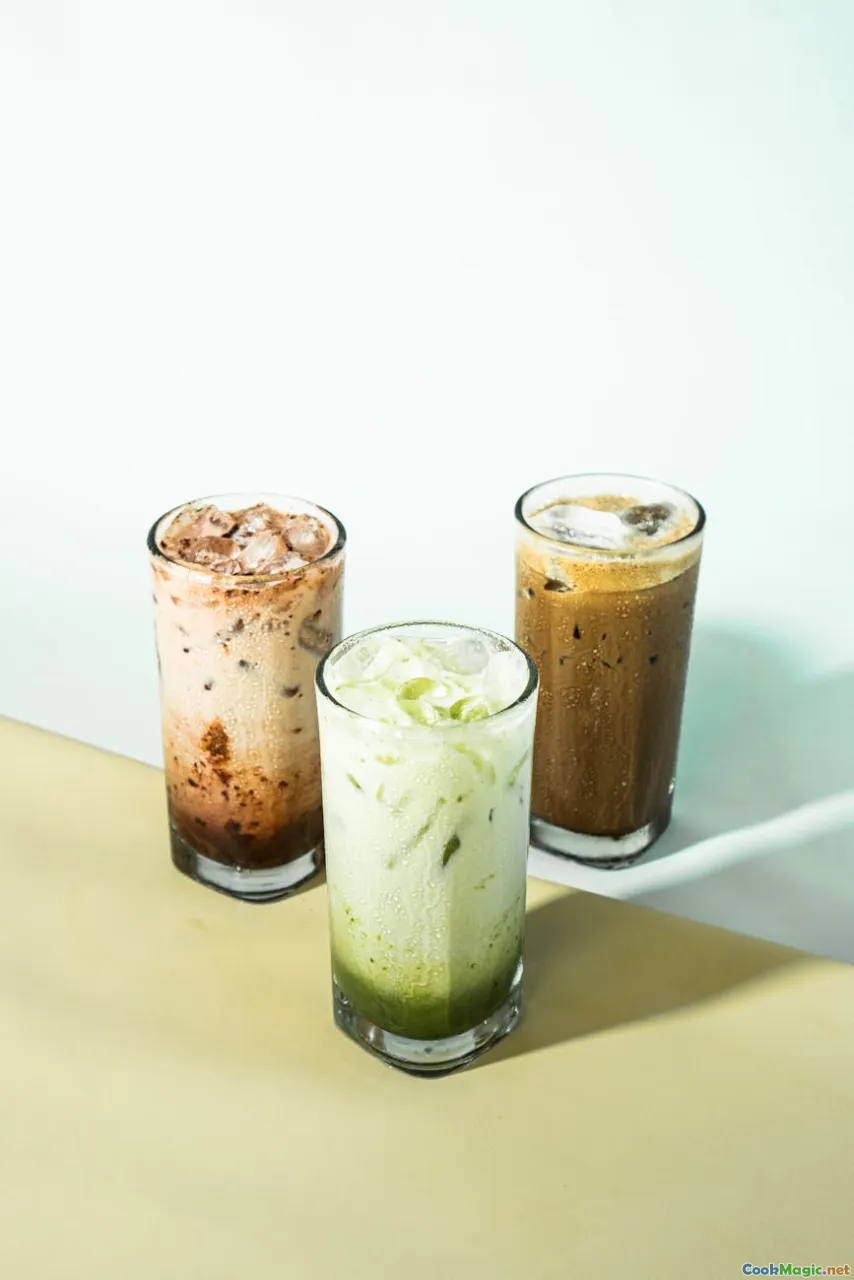
To truly appreciate the marvel of Turkish coffee foam, we must first delve into its scientific makeup. Foam, at a basic level, is a dispersion of gas bubbles within a liquid. In Turkish coffee, the bubbles are formed predominantly from dissolved gases, proteins, and other molecules that stabilize these bubbles, creating the characteristic thick, persistent foam.
The Role of Coffee’s Composition
Turkish coffee is made by finely grinding robust Arabica and sometimes a touch of Robusta beans, then simmering the mixture with water and sugar if preferred. When heated, several phenomena occur:
- Emulsification of oils: The aromatic oils from the coffee beans emulsify into the water, creating tiny droplets that can rupture or coalesce, impacting foam stability.
- Release of gases: During heating, dissolved gases (mainly carbon dioxide) are released from the grounds, forming microbubbles in the surface layer.
- Protein interaction: Coffee contains proteins derived from the beans, which act as natural stabilizers for bubbles, lining their thin walls with a protective film.
Surface Tension and Bubble Formation
The formation and stability of foam depend critically on surface tension—how the molecules at the liquid’s surface interact. Proteins and oils lower the surface tension, allowing bubbles to form more readily and resist bursting longer. When the foam is gently created—say, when pouring the foam onto the cup or during brewing—the interplay between surface tension, viscosity, and the presence of emulsifiers determines how “creamy” and long-lasting the foam will be.
Summary of Scientific Principles:
- Surfactants: Like proteins and oils that reduce surface tension
- Gas encapsulation: Microbubbles trapped within a protective film
- Kinetic processes: Bubble formation during heating and pouring, influenced by temperature and agitation
Think of it as a tiny, shimmering cityscape of transparent or golden bubbles, each a delicate fortress of gas encased in a duo of proteins and oils—sturdily resisting collapse, visually mesmerizing.
How to Achieve the Perfect Foam: Techniques and Tips
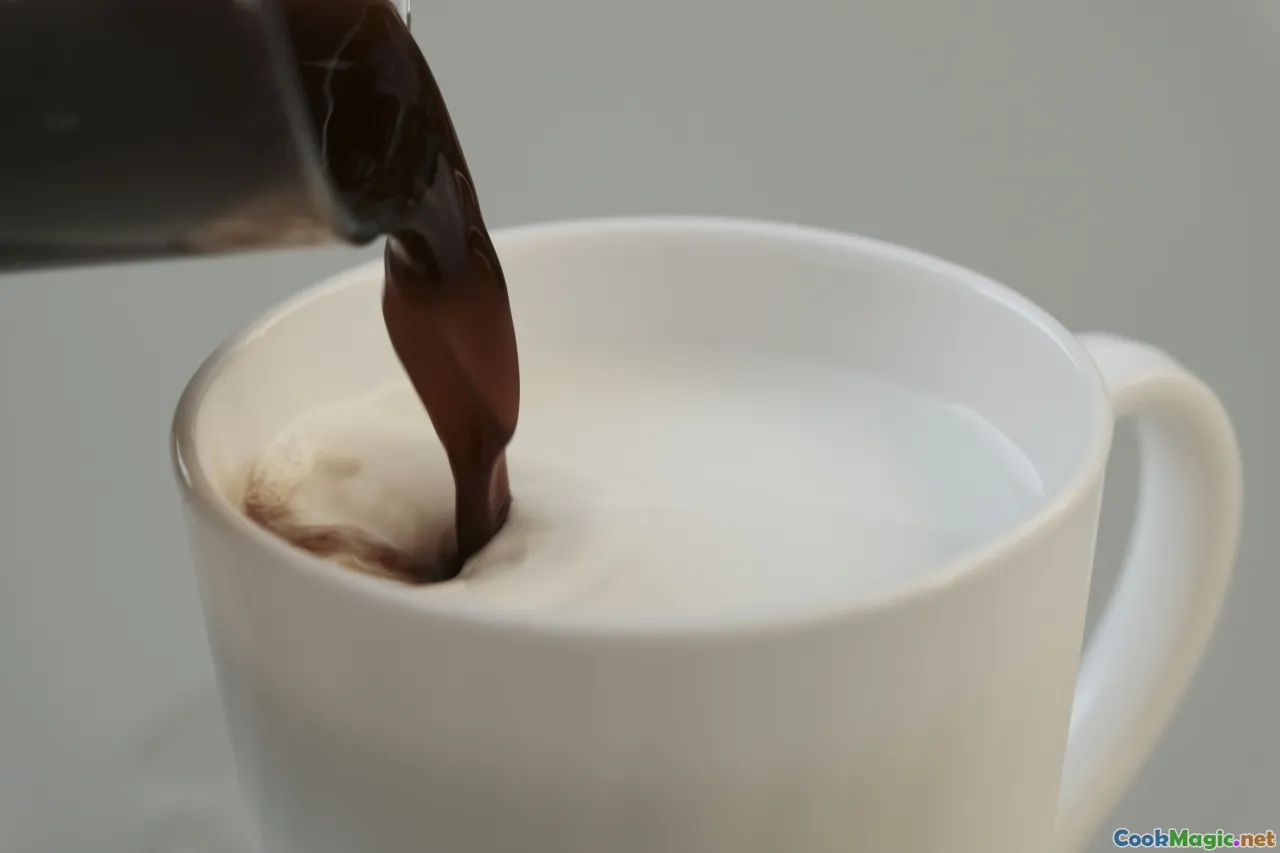
Achieving the perfect Turkish coffee foam is both an art and a precise science. Here’s how to hone your craft:
1. Start With Quality Coffee Grounds
The foundation of good foam is high-quality, finely ground coffee—almost powdered. Perform a quality check by grinding a small batch, observing how fine and uniform the particles are. Use fresh coffee beans for optimal aromatic oils and proteins.
2. Use Cold, Fresh Water and Measure Precisely
Too hot or too cold water can alter the extraction process, affecting the formation of microbubbles. Measure water carefully, typically following ratios like 1–2 teaspoons of coffee per cup.
3. Proper Pot and Technique
Traditionally, a cezve (or ibrik) is used. Pour the water and coffee mixture into the cezve, add sugar if desired, and gently stir before placing on a low heat.
4. Slow Heating and Foam Formation
The secret to that irresistible foam is slow heating—placing the cezve on low heat allows gases to be released gradually, facilitating stable bubble formation. Watch carefully; just before the coffee begins to boil and foam, remove it from heat.
5. The Art of Foam Creation
Some enthusiasts prefer to create foam in two stages: with initial heating, spoon a layer of foam onto the cup after the first rise, then reheat briefly. This method results in an extra thick foam layer.
6. Pouring with Grace
Pour the coffee with a gentle, steady hand, aiming to keep the foam on top. A traditional method involves pouring from a height, allowing the foam to spread evenly, or spooning the foam onto each cup.
7. Serve with Care
The final step is presenting the cup on a saucer, sometimes accompanied by a piece of Turkish delight, highlighting the craftsmanship involved.
Comparative Insights: Foam in Other Brewing Methods
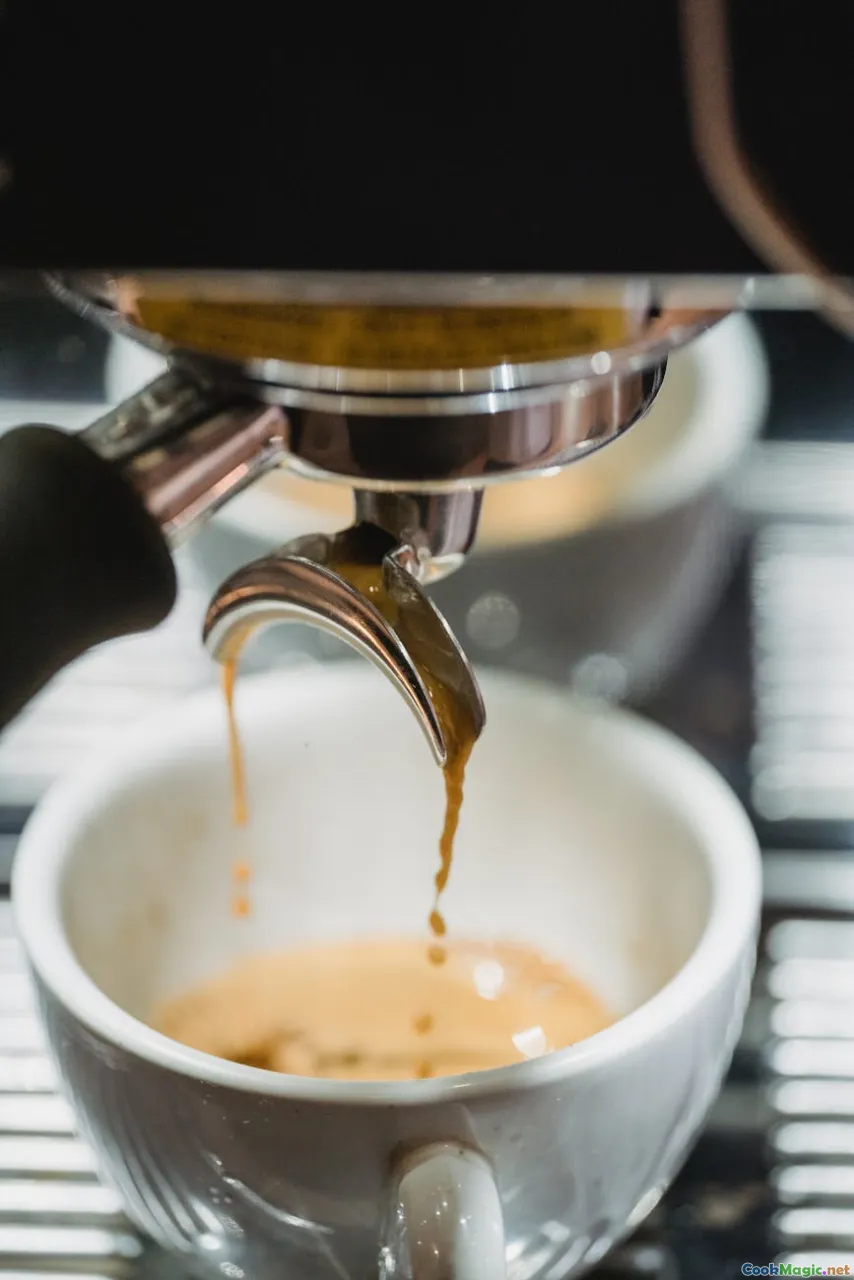
Unlike espresso or cappuccino foam, Turkish coffee foam is unique in its fine microbubbles and persistent crown. Espresso crema, created under high pressure, is thick and glossy—a contrast to the delicate, frothy top of Turkish brew that’s formed through gentle heating.
Cappuccino foam involves steaming milk—a vastly different chemical process—yet both dependencies on proteins and temperature demonstrate how different culinary traditions utilize biochemistry for aesthetic and taste effects.
Understanding these differences accentuates the artistry behind Turkish coffee—an unforced, slow-cooked creation that embodies patience and precision.
Troubleshooting and Tips for the Avid Connoisseur
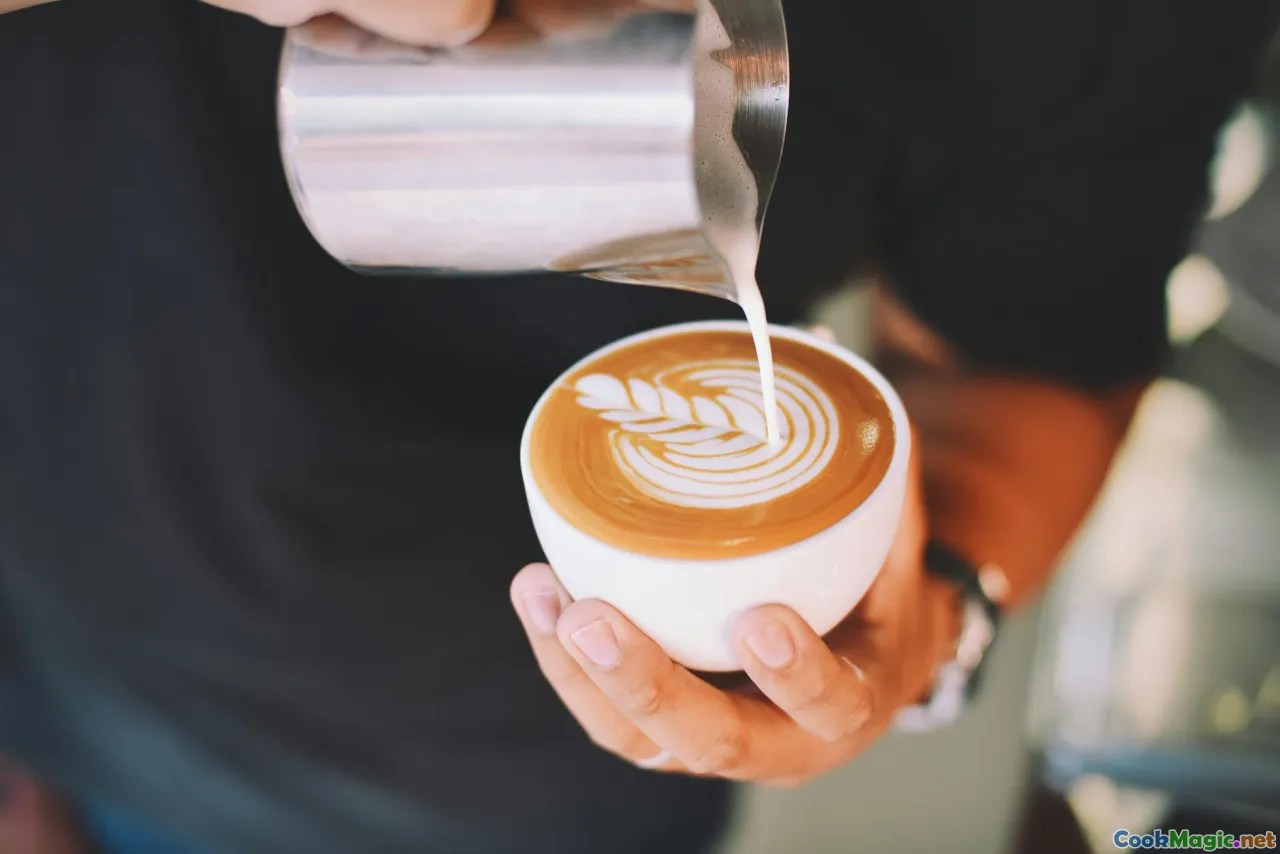
Even seasoned coffee makers encounter challenges in creating the perfect foam. Here are some tips:
- Too bubbly foam? Ensure your coffee is fresh and finely ground; old beans lack the necessary oils.
- Foam not forming? Adjust heat to a lower setting—sudden high heat burns off surface oils necessary for foam stabilization.
- Bubbles collapsing too quickly? Use a small spoon to scoop foam onto the cup, preserving its structure.
- Thin or sparse foam? Use slightly more coffee grounds or fresh beans with robust oil content.
Patience, gentle heating, and an appreciation of your ingredients cultivate that signature cloud of foam revered in Turkish tradition.
A Personal Reflection and Final Words
Having visited Turkey and experienced the awe of a master barista crafting Turkish coffee in a centuries-old tradition, I witnessed how the foam isn’t just a byproduct—it’s a conversation between chemistry, craftsmanship, and culture.
That golden crown—delicate yet resilient—embodies the patience inherent in Turkish hospitality and the love poured into every step, from selecting the beans to the gentle pour. It’s a reminder that in culinary art, science and tradition entwine to elevate a simple cup of coffee into a cultural emblem.
So next time you savor a Turkish coffee with its alluring foam, remember: within those tiny bubbles lies a world of history, chemistry, and artistry—an enduring testament to the rich Italian phrase, "La dolce vita," the sweet life.
Embrace the journey of mastering Turkish coffee foam, and let each cup be a celebration of culture’s delicate, frothy crown.









